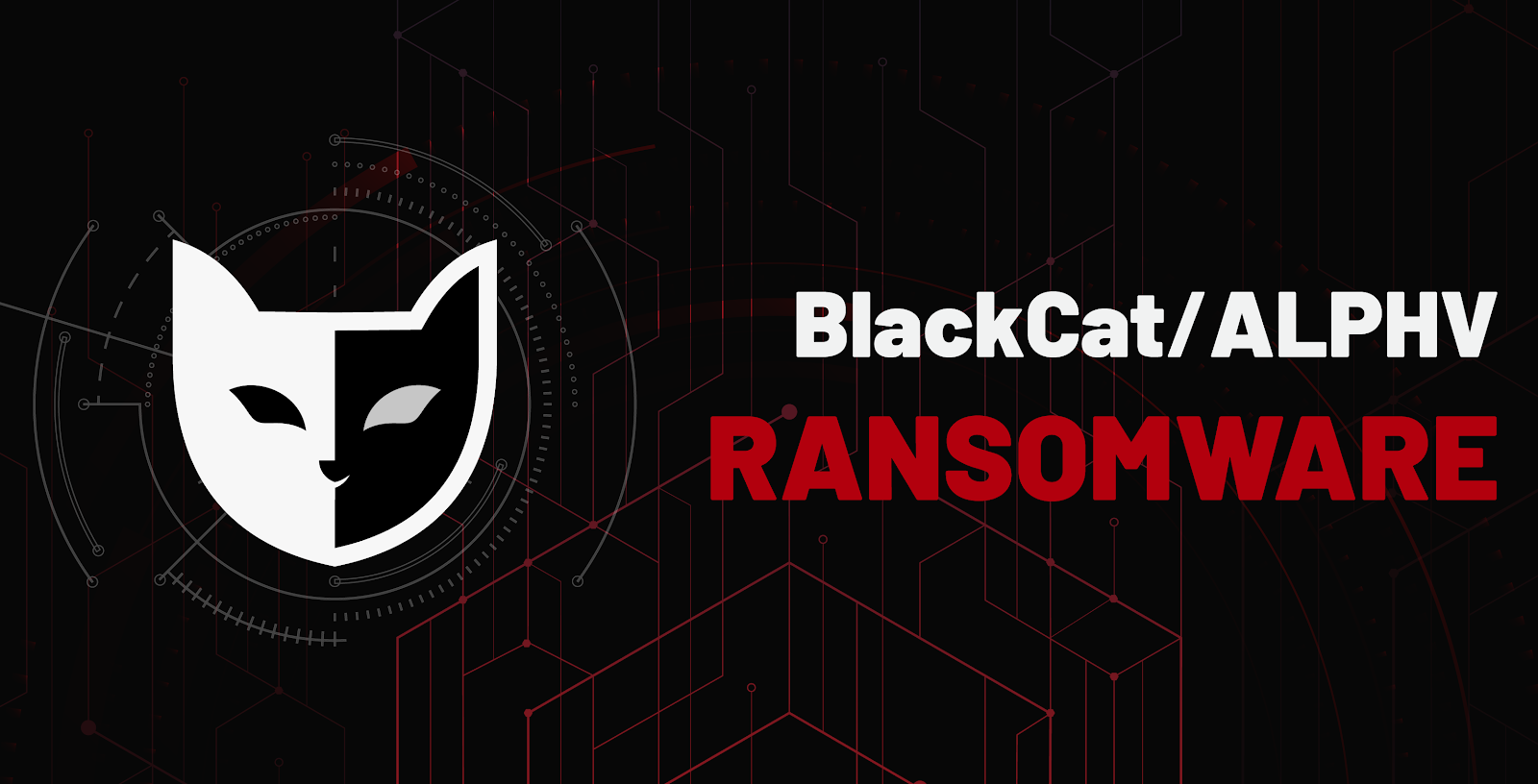Fake Google Chrome errors trick you into running malicious PowerShell scripts
By Bill Toulas, Bleeping Computer
A new malware distribution campaign uses fake Google Chrome, Word, and OneDrive errors to trick users into running malicious PowerShell "fixes" that install malware.
The new campaign was observed being used by multiple threat actors, including those behind ClearFake, a new attack cluster called ClickFix, and the TA571 threat actor, known for operating as a spam distributor that sends large volumes of email, leading to malware and ransomware infections.
Previous ClearFake attacks utilize website overlays that prompt visitors to install a fake browser update that installs malware.
Threat actors also utilize JavaScript in HTML attachments and compromised websites in the new attacks. However, now the overlays display fake Google Chrome, Microsoft Word, and OneDrive errors.
These errors prompt the visitor to click a button to copy a PowerShell "fix" into the clipboard and then paste and run it in a Run: dialog or PowerShell prompt.
"Although the attack chain requires significant user interaction to be successful, the social engineering is clever enough to present someone with what looks like a real problem and solution simultaneously, which may prompt a user to take action without considering the risk," warns a new report from ProofPoint.
The payloads seen by Proofpoint include DarkGate, Matanbuchus, NetSupport, Amadey Loader, XMRig, a clipboard hijacker, and Lumma Stealer.
 |
| Fake Google Chrome error |


Comments
Post a Comment